US-China space rivalry has reached a new level
The US military's X-37B robotic spaceplane is sent on a secret mission aboard a SpaceX rocket. The launch of the aircraft, which will conduct secret experiments, marks another development in the US-China space rivalry.
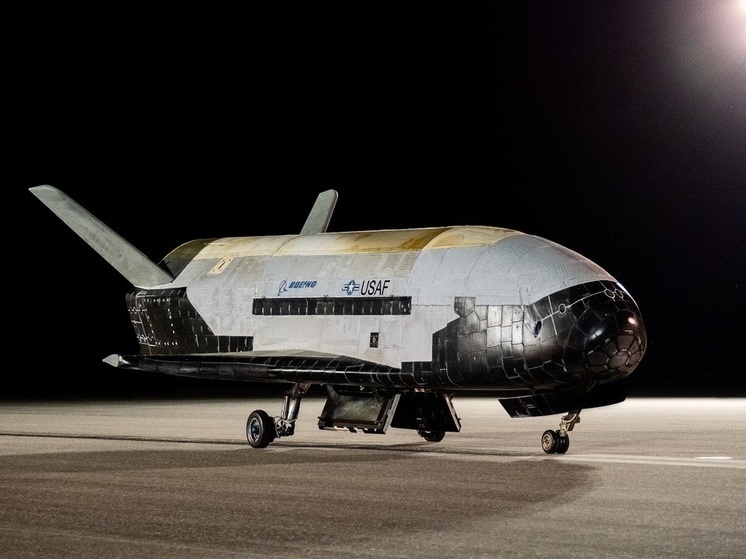
The US military's secret X-37B robotic spaceplane blasted off from Florida on its seventh mission, the first to fly on a SpaceX Falcon Heavy rocket capable of taking it to a higher orbit than ever before.
< p>According to The Guardian, as in previous missions, there are no people on board the reusable aircraft, which resembles a mini-space shuttle and conducts secret experiments.
The Falcon Heavy rocket, consisting of three rocket rods connected together , launched from NASA's Kennedy Space Center at Cape Canaveral more than two weeks late due to technical problems.
Three previous countdowns were aborted due to bad weather and unspecified technical problems, leaving ground crews had to roll the spacecraft back into the hangar before continuing the mission on Thursday.
The launch came two weeks after China's robotic spaceplane, known as the Shenlong, or «Divine Dragon,» set off on its third trip into orbit since 2020, adding a new twist to the growing US-China space rivalry, it noted. The Guardian.
The Pentagon has revealed few details about the X-37B mission, which is being conducted by the US Space Force as part of the military's National Security Space Launch Program.
Thursday's launch marked the seventh flight of the X-37B, which has spent more than 10 years in orbit since its debut in 2010.
The latest flight, the longest to date, lasted two and a half years before ending on the runway at Kennedy a year ago.
The Pentagon did not say at what altitude the spaceplane will fly this time. But in a statement last month, the Air Force Rapid Response Command said Mission 7 would involve testing “new orbital modes, experimenting with future space domain awareness technologies.”
The X-37B is also conducting an experiment. NASA to study how plant seeds are affected by long-term exposure to harsh radiation conditions in space. The ability to grow crops in space is important for feeding astronauts on future long-term missions to the Moon and Mars.
China's equally secretive Shenlong was launched into space on December 14 by a Long March 2F rocket, a launch system less powerful than SpaceX's Falcon Heavy and believed to be intended only for delivering payloads to low Earth orbit.
However, Space Force General Salzman told reporters at an industry conference earlier this month that he expects China to launch Shenlong around the same time as the X-37B flight, which he believes is competitive step.
“It's no surprise that the Chinese are extremely interested in our space plane. We are extremely interested in them,” Saltzman said, according to remarks published in the American aerospace magazine Air & Space Forces Magazine.
“They are the two most observed objects in orbit while they are in orbit. It's probably no coincidence that they're trying to match us in the timing and sequencing of this,” he noted.
The planned duration of the last X-37B mission has not been made public, but it is expected to last until June 2026 or later , given the prevailing pattern of sequential longer flights.
Built by Boeing, the X-37B resembles NASA's retired space shuttles, but they are 29 feet (9 meters) long. It doesn't require astronauts; The X-37B is equipped with an autonomous landing system.
These vehicles take off vertically like rockets but land horizontally like airplanes and are designed for orbit altitudes ranging from 150 to 500 miles (240 to 800 kilometers).


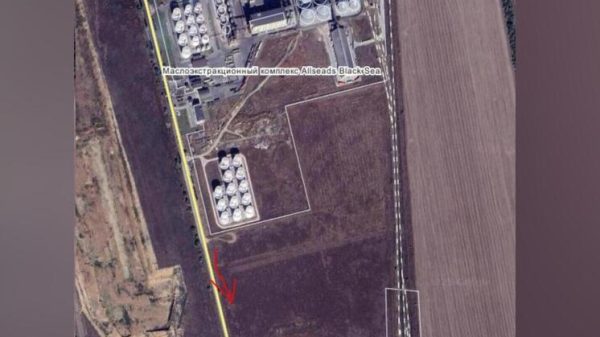





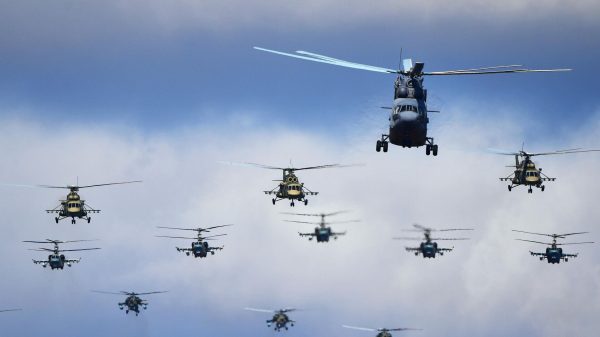

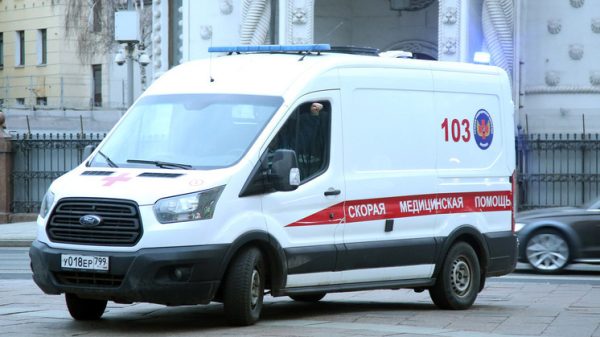




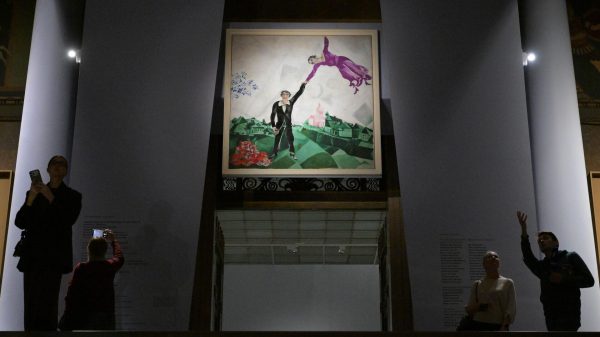

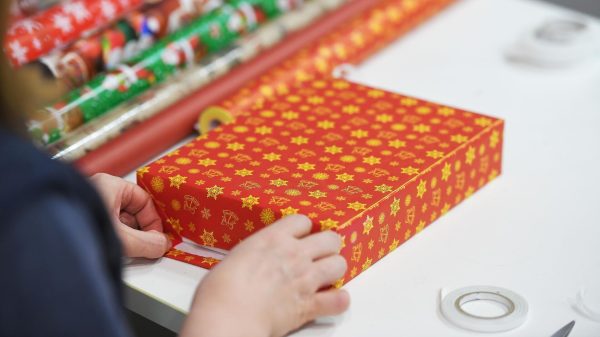
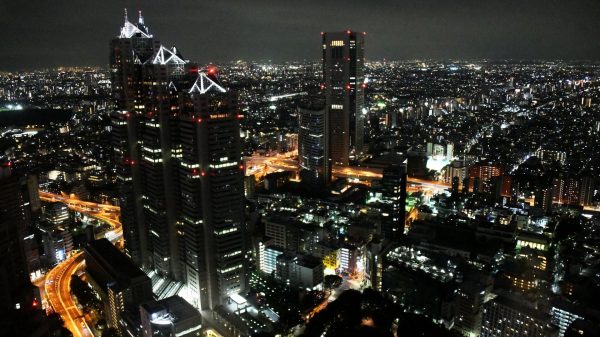


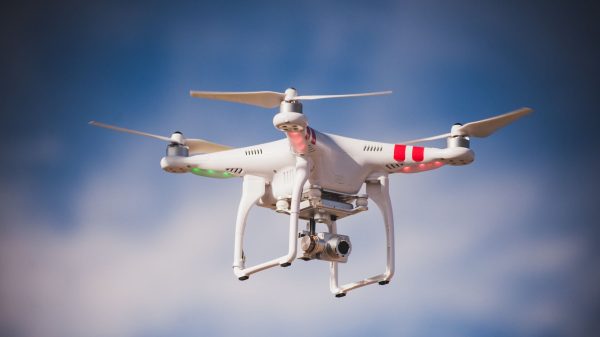












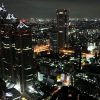


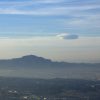














Свежие комментарии